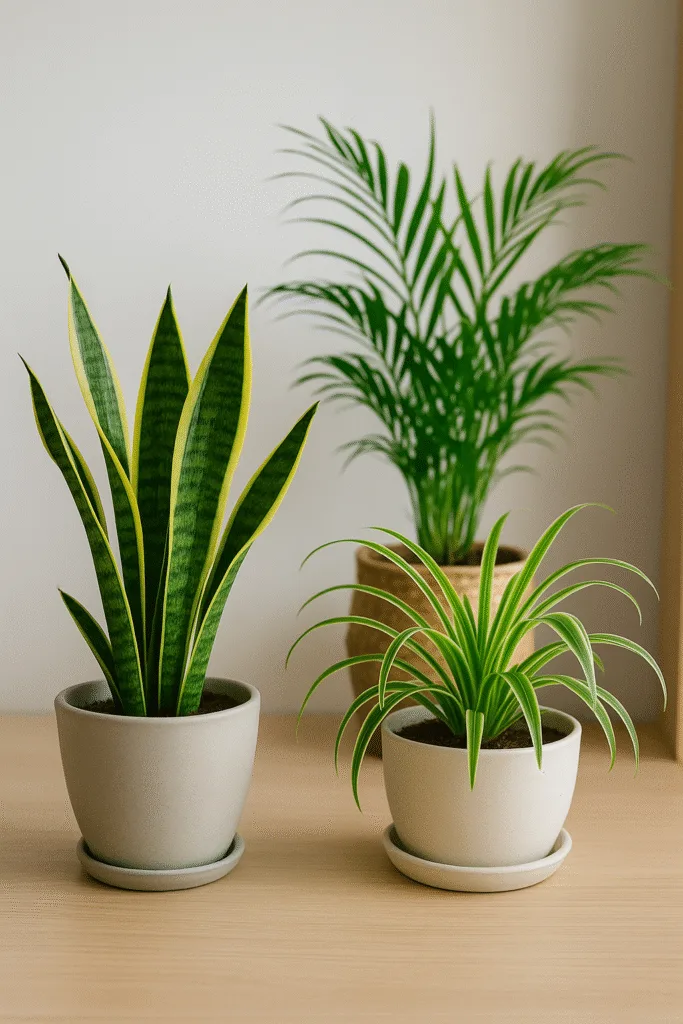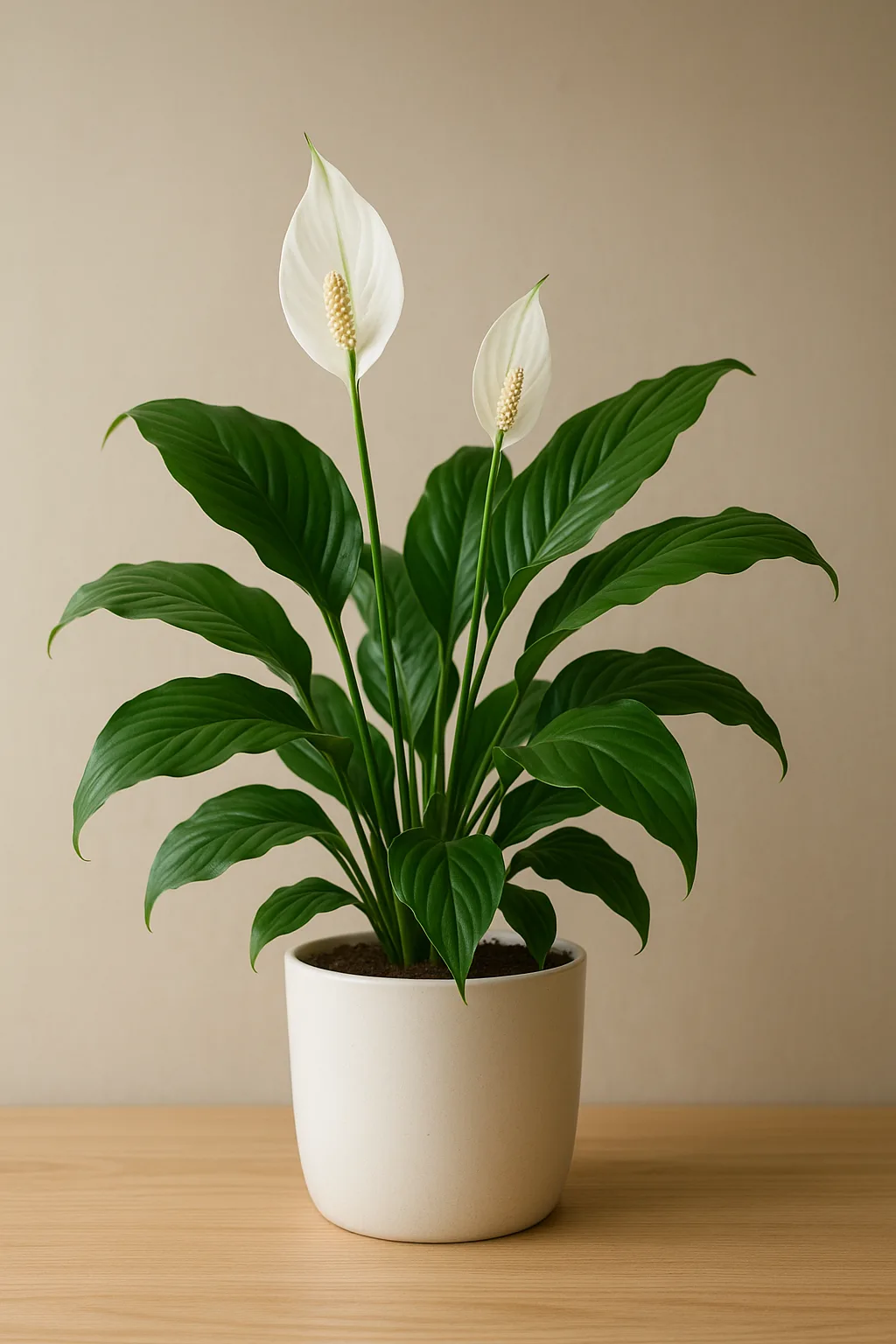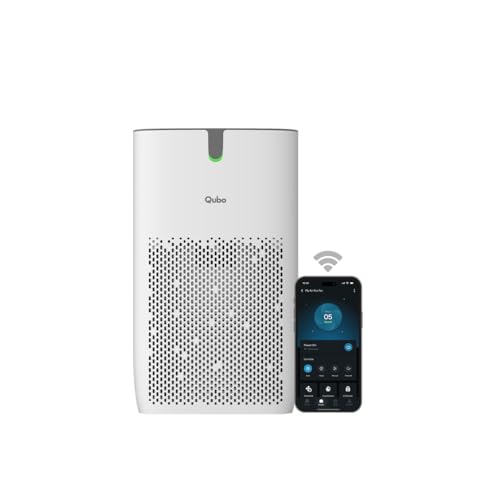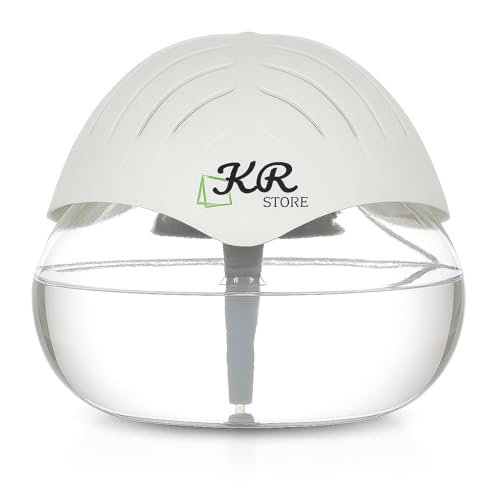Did you know the air inside your home can be five times more polluted than outdoor air? From household cleaners to furniture, toxins like formaldehyde, benzene, and carbon monoxide can linger in your living space. Thankfully, there’s a natural solution—indoor plants.
The best indoor plants for air purification not only clean the air but also reduce stress, boost productivity, and make your home more inviting. Whether you live in a small apartment or a large house, these green companions are powerful natural air filters.
Also Read: The Power of Sprouts: Nature’s Tiny Superfoods for Health and Growth!
The Science Behind Indoor Plants and Air Purification
NASA Clean Air Study Findings
In the late 1980s, NASA scientists discovered that certain houseplants could remove up to 87% of indoor toxins within just 24 hours. This groundbreaking research showed that plants act as “living air purifiers,” absorbing harmful pollutants through their leaves and roots.
How Plants Absorb Toxins and Pollutants
Indoor plants filter toxins through a process called phytoremediation. They take in pollutants like formaldehyde and xylene, then break them down into harmless byproducts. Their root systems and associated microorganisms play a key role in neutralizing indoor air contaminants.
Benefits of Keeping Indoor Plants
Health Benefits
- Remove harmful toxins from the air
- Increase oxygen levels indoors
- Improve respiratory health
Mental and Emotional Well-being
- Reduce stress and anxiety
- Boost focus and productivity
- Enhance mood and relaxation
Aesthetic and Home Décor Appeal
- Bring natural beauty into modern homes
- Complement interior design styles
- Add a sense of freshness and vibrancy

10 Best Indoor Plants for Air Purification
1. Snake Plant (Sansevieria)
- Nicknamed “Mother-in-law’s Tongue”
- Removes formaldehyde, xylene, and nitrogen oxides
- Thrives in low light and needs minimal watering
2. Spider Plant (Chlorophytum comosum)
- Hardy and beginner-friendly
- Absorbs carbon monoxide and formaldehyde
- Safe for pets
3. Peace Lily (Spathiphyllum)
- Known for its elegant white blooms
- Removes benzene, ammonia, and trichloroethylene
- Excellent at increasing humidity indoors
4. Aloe Vera
- Natural healer for burns and skin irritation
- Purifies formaldehyde and benzene
- Requires bright, indirect sunlight
5. Areca Palm
- Popular in offices and living rooms
- Humidifies the air naturally
- Filters out xylene and toluene
6. Rubber Plant (Ficus elastica)
- Absorbs airborne toxins effectively
- Large glossy leaves improve oxygen flow
- Prefers indirect light and weekly watering
7. Boston Fern
- Great at removing formaldehyde and xylene
- Needs consistent moisture and indirect light
- Perfect for hanging baskets
8. Bamboo Palm
- Excellent at filtering benzene and trichloroethylene
- Adds tropical vibes indoors
- Grows well in shaded corners
9. Chrysanthemums (Mums)
- Bright flowers bring cheer
- Top performer in removing ammonia and benzene
- Needs direct sunlight to bloom well
10. English Ivy (Hedera helix)
- Powerful against airborne mold and toxins
- Fast-growing and easy to maintain
- Works well in hanging pots
How to Care for Indoor Plants for Maximum Air Purification
Light and Water Needs
- Snake plant & spider plant thrive in low light
- Peace lily & aloe vera need indirect sunlight
- Overwatering is the #1 killer of indoor plants
Soil and Fertilizer Tips
- Use well-draining soil mixes
- Fertilize monthly during the growing season
- Avoid chemical-heavy fertilizers
Common Mistakes to Avoid
- Placing plants in direct sunlight when they prefer shade
- Forgetting to dust leaves (which blocks air filtration)
- Using tap water high in chlorine or fluoride
Where to Place Indoor Plants for the Best Results
- Bedroom: Snake plant & aloe vera for nighttime oxygen boost
- Living Room: Areca palm & rubber plant for air circulation
- Bathroom: English ivy & Boston fern thrive in humidity
- Office Desk: Spider plant & peace lily for stress relief
Frequently Asked Questions (FAQs)
1. Which indoor plant purifies the air the most?
The Peace Lily is often considered the most effective plant for air purification.
2. How many plants do I need in a room?
For optimal air purification, NASA suggests 1 plant per 100 square feet.
3. Are indoor plants safe for pets?
Some, like Spider Plant, are safe. But others, like Peace Lily and Aloe Vera, can be toxic to cats and dogs.
4. Can indoor plants remove cigarette smoke?
Yes, plants like Bamboo Palm and English Ivy help absorb toxins from smoke.
5. Do air-purifying plants help with allergies?
Yes, they trap dust and airborne particles, reducing allergy triggers.
6. What is the easiest air-purifying plant to grow?
The Snake Plant is one of the easiest, requiring very little care.
The best indoor plants for air purification not only beautify your home but also protect your health. From the hardy Snake Plant to the elegant Peace Lily, these natural air cleaners work silently, making your home healthier and fresher.
So, the next time you feel the air in your home is stuffy, bring in a little green companion—it just might help you breathe easier and live better.


















1 Comment
[…] Also Read: 10 Best Indoor Plants for Air Purification That Breathe Life into Your Home […]